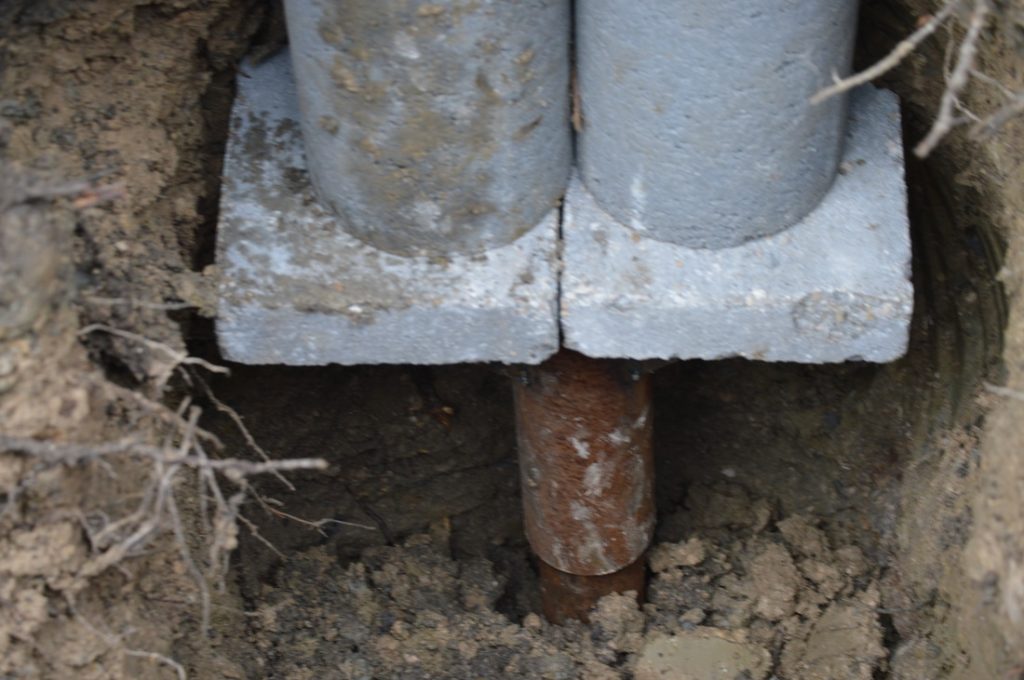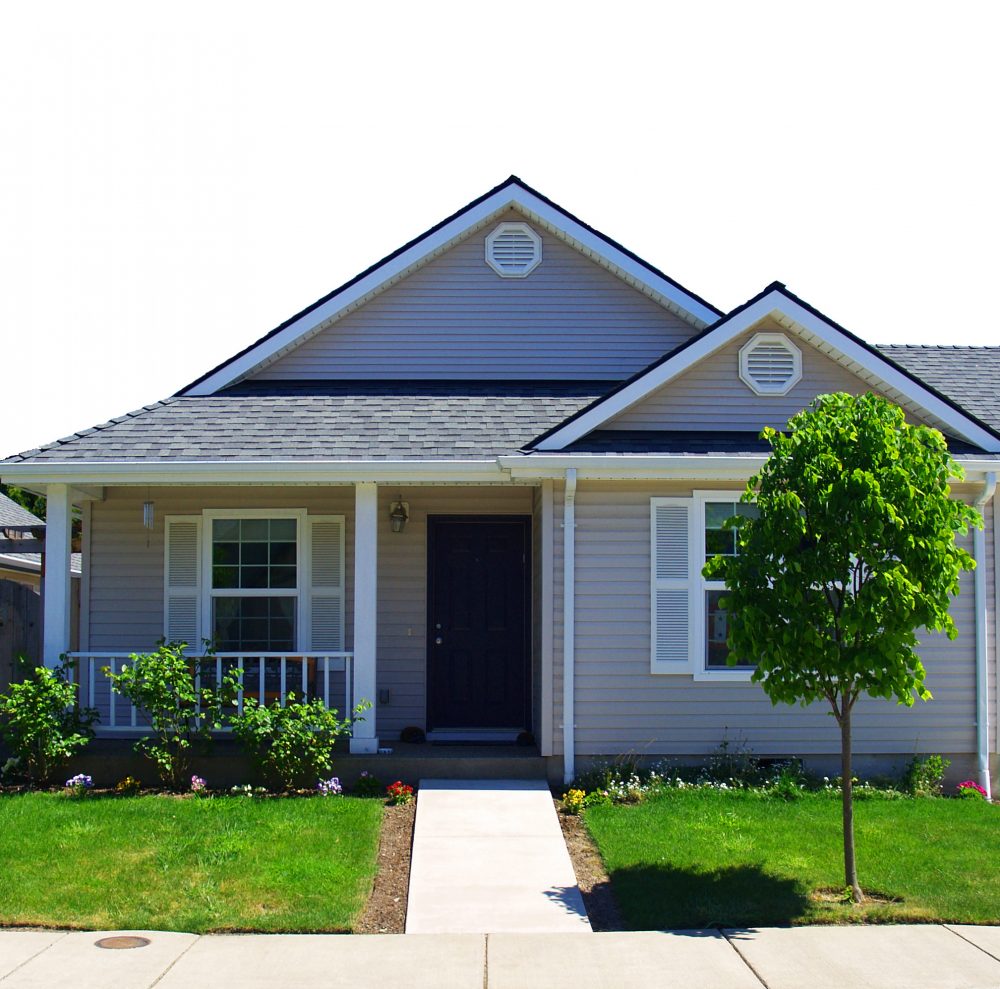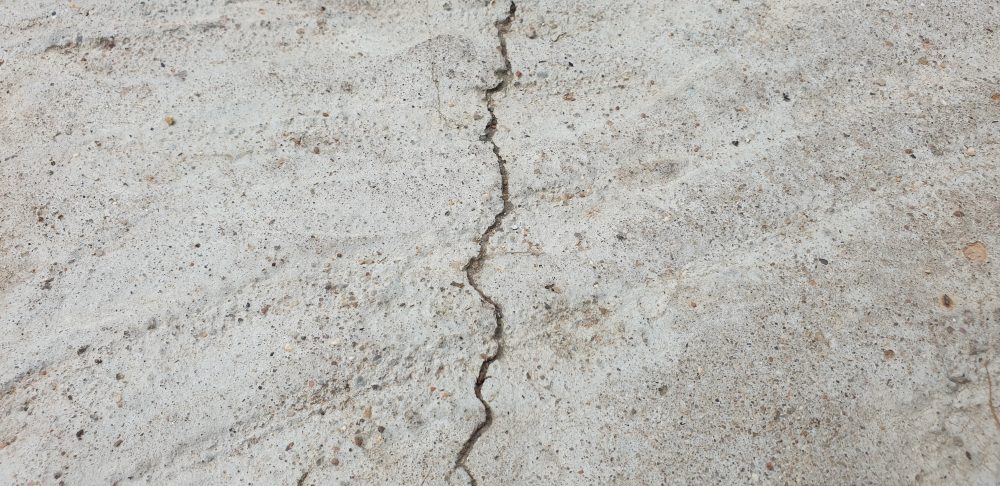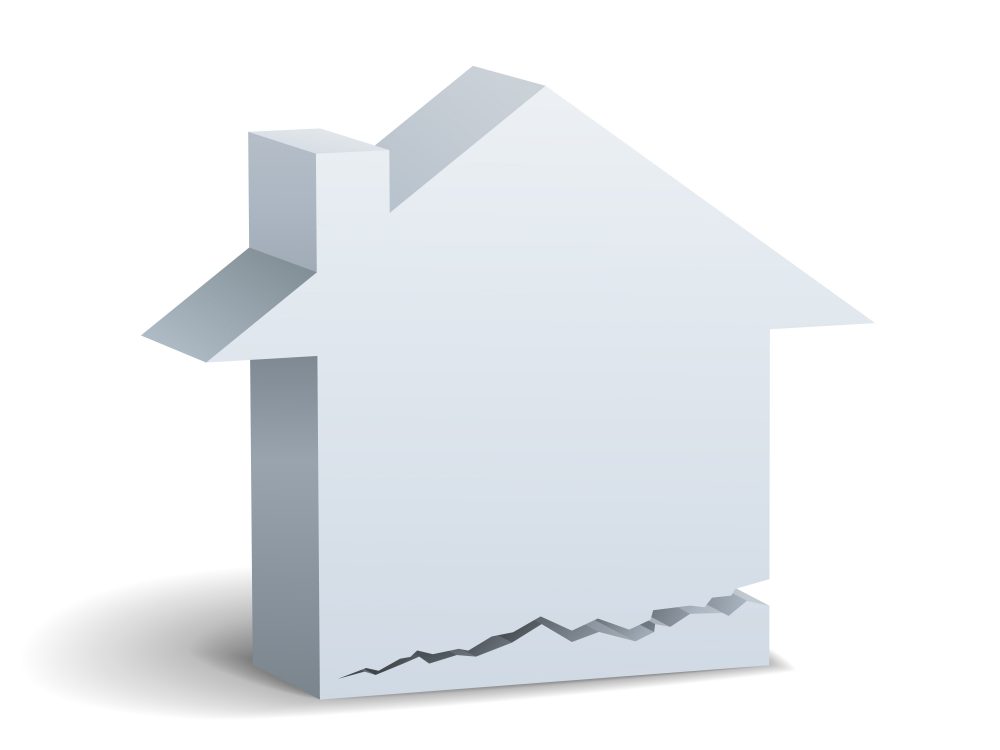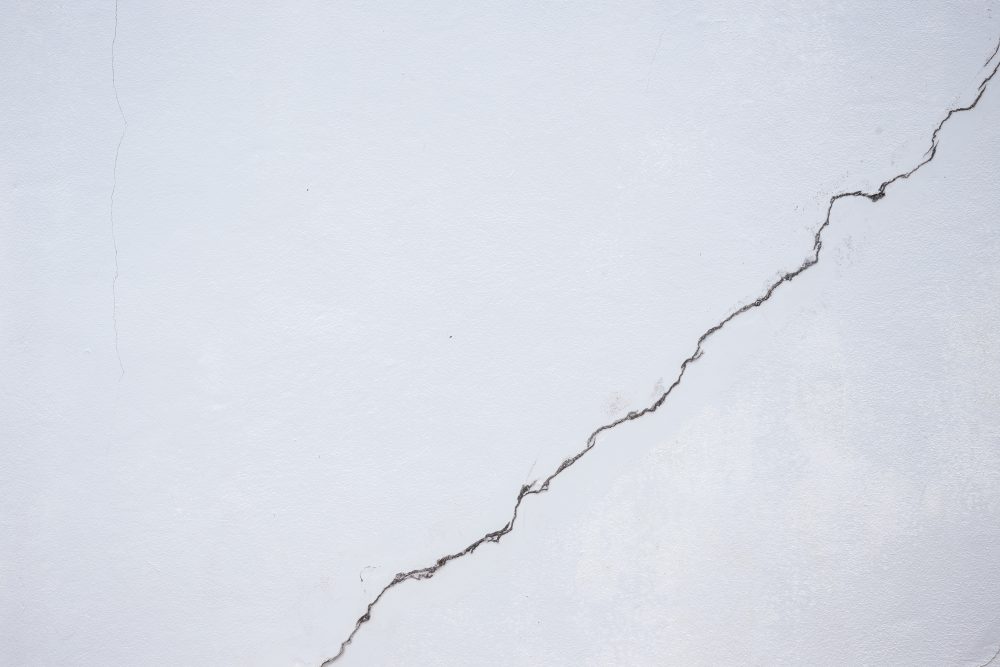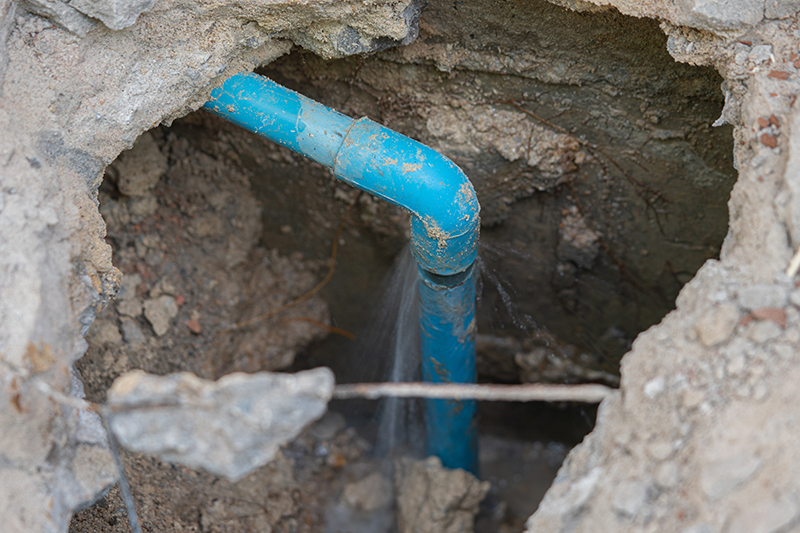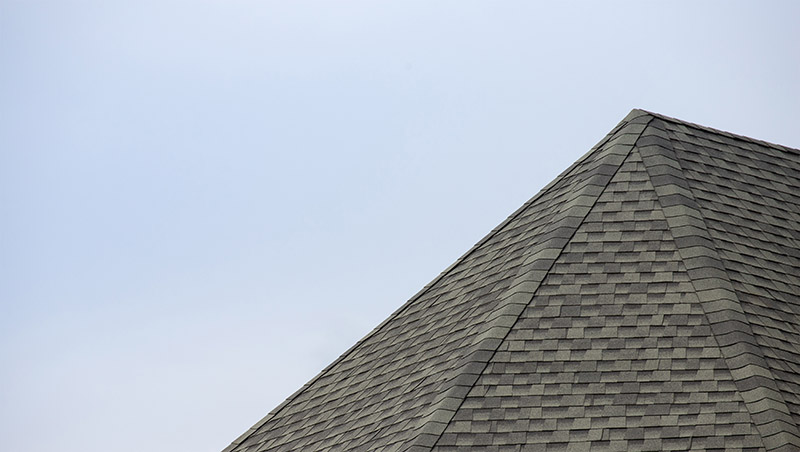Before listing a home in the Dallas-Fort Worth, Texas, area, homeowners often make cosmetic improvements and stage their home. But what if a home has foundation cracks? In the eyes of a home buyer, foundation cracks are a lot more serious than faded carpeting or outdated appliances. Even if a home inspector assures a potential buyer that the horizontal or vertical foundation cracks are not of imminent concern, the presence of cracks leaves doubt in the buyer’s mind. In other words, even a few visible signs of foundation problems can scare the daylights out of would-be home buyers. Whether selling a home today or in a few years, consider a few steps for repairing foundation cracks.

Receiving an official diagnosis
In addition to regular foundation inspections by a professional, take time to look for visible signs that you might need professional repair for a slab or pier and beam foundation. Inside the home, take note of cracks in the paint and bowed walls. Outside the home, are there lines that look like stairs?
Budgeting for foundation repairs
Putting money aside to fix a foundation has an immediate return on investment when selling. Not only can a seller command a higher price, but the buyer keeps the good will with skittish buyers who don’t want a fixer-upper. In addition, be aware that a buyer could sue if a seller does not disclose the foundation problems. Cash offers on homes sold “as is” are too often dismal in terms of what a solid home fetches.
Turning to the professionals
A professional knows how to judge whether you have the telltale signs of foundation damage whereas a homeowner typically experiences a bias. Misaligned windows, sloping floors, drywall cracks, uneven floor planking, cracks in the windows and tile are just a few of the signs that may or may not indicate a problem.
Who is to blame when you notice foundational cracks? In some cases, it’s Mother Nature. Soil often expands and contracts. Temperature and moisture plays a role. Homeowners with plumbing leaks sometimes notice the moisture adds stress to the foundation. Poor drainage and building site preparation are other possibilities. No matter what causes the problem, fixing before listing typically translates into a positive home sale transaction.
At Steady House Foundation Repair, we provide one stop shopping for foundation needs. For more information about scheduling a foundation repair estimate or information about foundation lifts, please contact us today. We serve clients in the Dallas-Fort Worth, Texas area.

